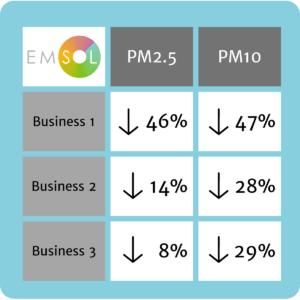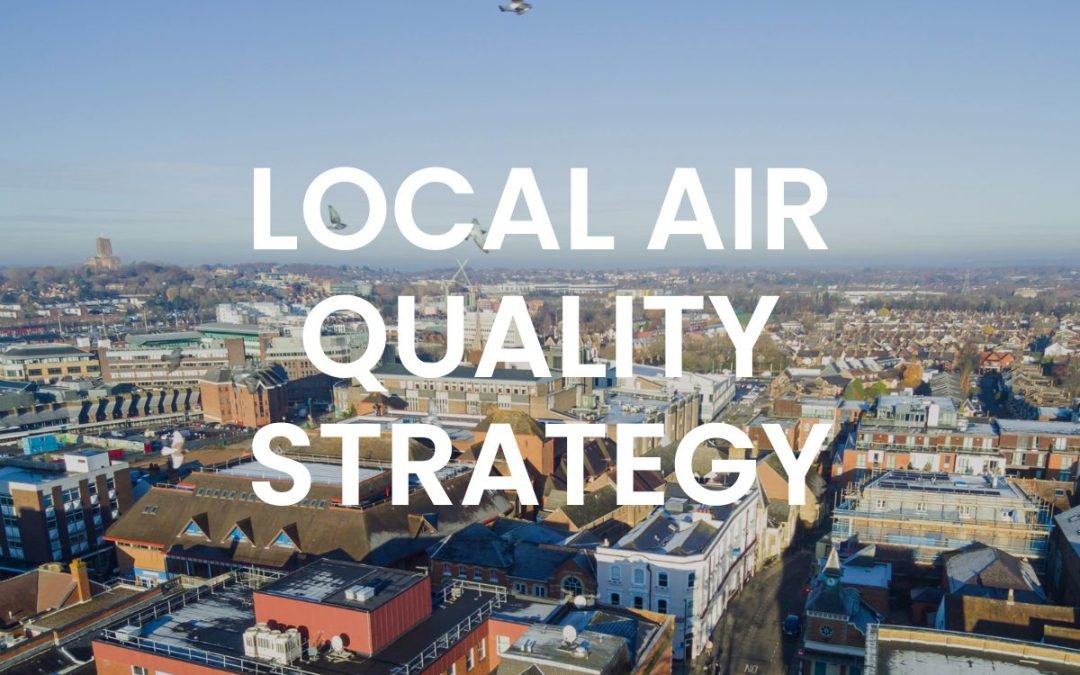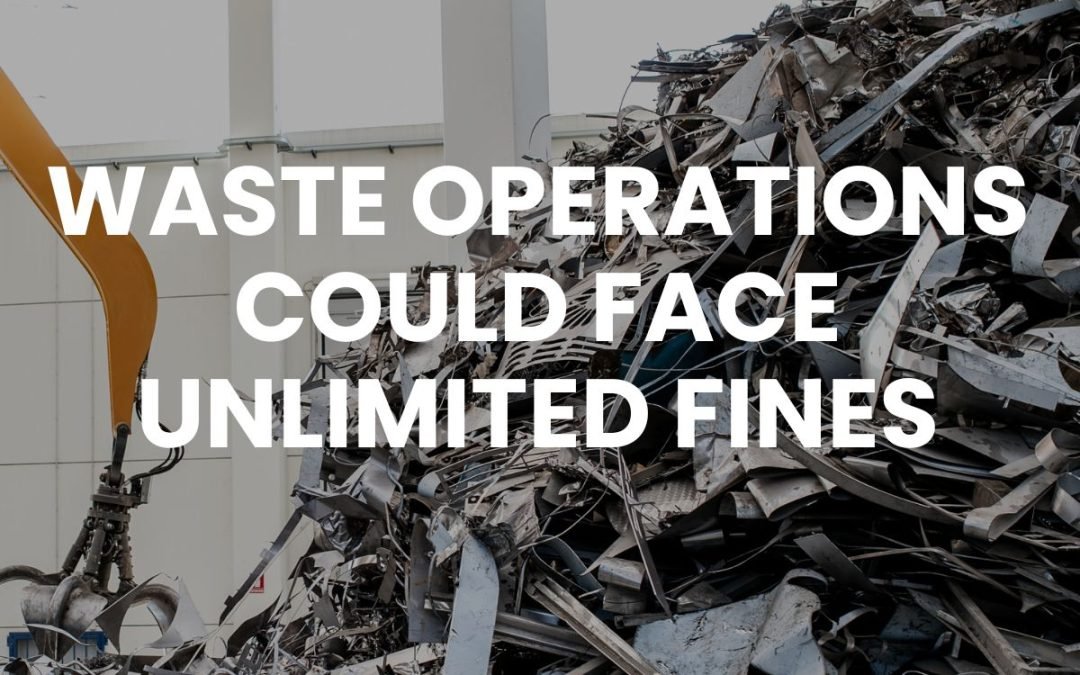There have been significant concerns in recent years concerning the devastating impact of air pollution on public health, and now there is an increasing focus on those industries that are a major source of pollution. Historically, the construction industry has remained under the radar when it comes to pollution, accountability and the pressure to reduce emissions but the construction industry’s contribution to emissions has steadily increased in recent decades and so too has the pressure for the industry to respond.
A recent report has found that the construction industry has the biggest contribution to PM10 emissions out of all the sectors reviewed including transport, domestic, industrial, and commercial. This is a worrying statistic for the industry.
PM10 refers to small liquid or solid particulate matter which has an aerodynamic diameter smaller than 10 micrometers or less. Some examples of PM10 include dust and smoke from construction sites. People living close to construction sites, and those who work in them, are most at risk of being exposed to the high concentration of emissions from construction sites which pose significant health risks. In fact, poor air quality is now considered the greatest environmental risk to public health in the UK.
The report also found that the construction industry itself is keen on further regulation and clarity in relation to the interventions needed to improve air quality around construction sites. It is thought that current standards are confusing and hard to enforce or evidence.
Experts are now putting pressure on the construction industry to urgently review their large particulate pollution levels. There is also pressure on the government to provide further guidance, regulation and implementation of policies that will help the construction industry to minimise emissions.
What The Construction Industry Can Do
Sustainability and accountability within the construction industry is high on the agenda for many construction firms. The first step for construction firms in managing and mitigating the levels of emissions is to ensure that they can identify the root sources of pollution at their sites and have accurate data to reduce, monitor and manage the levels of pollution.
Real-time data is essential to identify and track pollution sources and plan the interventions needed to reduce them. Mapping and mitigating emissions is essential if targeted interventions are to be time and cost-efficient.
Technology is one of the key drivers in reducing the impact of emissions on local communities and to ensuring transparency breeds confidence in the management of pollution. Using data, analytics and reporting enables construction firms to take important incremental steps to sustainability.
Particulate Matter Reduction
Site-based pollution control measures are imperative for the construction industry if it is to minimise its PM10 emissions. Managing the levels of pollution not only controls the adverse impacts of the construction project, but also prevents further harm to local communities and our environment.
Furthermore, implementing pollution prevention strategies that are based on accurate, real-time information can have a positive impact on the business such as:
- enhancing brand credibility
- evidencing sustainability goals
- winning contract bids with verified green credentials
- safeguarding employee wellbeing
- reduction of work stoppages
Pollution monitoring and measurement technology helps the industry to not only identify emissions, but to analyse trends, and plan mitigative strategies that are impactful.
The innovative and award-winning impact tool developed by EMSOL to monitor pollution is a fully managed, comprehensive and accurate tool that provides reliable data that can be used to create sustainable site behavioural changes. Enabling sites to identify, reduce, monitor and report emissions performance.
EMSOL’s technology enables you to identify the sources of pollution on the site so that you can deliver targeted and instant action based on accurate and real-time insight. Collected data is analysed and referenced against company and legal standards with instant SMS alerts sent when they are exceeded to facilitate instant action.
The following results show how 3 of EMSOL’s customers have evidenced decreasing levels of both PM10 emissions and PM2.5 emissions within the last 6 months:

EMSOL Data – PM2.5 and PM10 reductions
EMSOL’s technology provides companies with crucial data and insight that helps them to lower their emissions. Without this data, the construction industry will struggle to control and evidence its sustainability pledges to its employees, communities, funders, and governments.
The construction industry will be tasked with taking action to manage its emissions. Using innovative technology will not only prepare construction companies to adhere to carbon emissions quotas and air quality standards but also build resilience against the negative impacts of PM10 emissions.
To find out more about how EMSOL’s technology can help you manage your site’s emissions email sales@emsol.io





